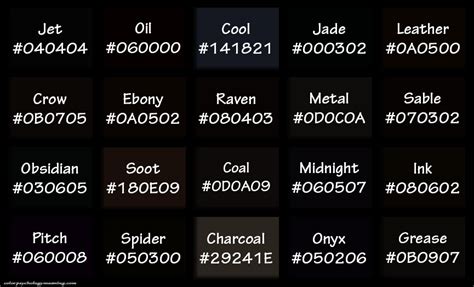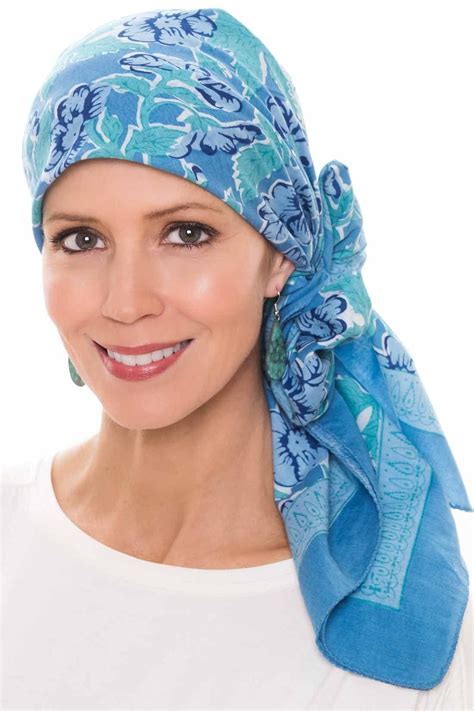Scarves for Every Season: A Source of Comfort and Confidence
Cancer treatments can cause temporary or permanent hair loss, which can be an emotionally challenging experience for many patients. Head scarves and wraps offer a practical and stylish solution, providing comfort, coverage, and a boost of self-confidence.

According to the American Cancer Society, approximately 60% of women experience hair loss during chemotherapy. Hair loss can also occur as a side effect of radiation therapy, targeted therapy, and immunotherapy. The emotional impact of hair loss can be significant, leading to feelings of self-consciousness, anxiety, and depression.
Head scarves and wraps can help patients cope with the psychological challenges of hair loss. They provide a sense of privacy and security, allowing patients to feel more comfortable in public and regain a sense of control over their appearance.
Choosing the Right Head Scarf or Wrap: Tips and Styles
Selecting the right head scarf or wrap depends on individual preferences and needs. Here are some factors to consider:
- Material: Natural fibers like cotton, silk, and bamboo are soft and gentle on the scalp, while synthetic materials like polyester and spandex are more durable and wrinkle-resistant.
- Size: Choose a scarf or wrap that fits snugly but doesn’t feel constricting. It should stay in place without causing discomfort or pressure.
- Color and Pattern: The wide variety of colors and patterns available allows patients to express their personal style and preferences. Some prefer subtle shades, while others enjoy bold prints and vibrant hues.
- Tying Techniques: There are countless ways to tie a headscarf or wrap, from simple knots to complex turban designs. Experiment with different techniques to find one that suits your face shape and desired look.
Beyond Comfort: Empowering Cancer Patients
Head scarves and wraps have evolved beyond merely covering hair loss. They have become symbols of strength, resilience, and empowerment. Cancer patients often wear scarves as a way to reclaim their identity and assert their individuality.
“Head scarves provide a sense of ownership over my body,” says Sarah, a breast cancer survivor. “They allow me to take control of my appearance and embrace my new journey.”
Table 1: Top Materials for Head Scarves and Wraps
| Material | Benefits |
|---|---|
| Cotton | Soft, breathable, absorbent |
| Silk | Luxurious, lightweight, hypoallergenic |
| Bamboo | Sustainable, antibacterial, moisture-wicking |
| Polyester | Durable, wrinkle-resistant, affordable |
| Spandex | Stretchy, comfortable, moisture-repellent |
Table 2: Tips for Tying Head Scarves and Wraps
| Tying Technique | Difficulty | Comfort | Coverage |
|---|---|---|---|
| Simple Knot | Easy | High | Low |
| Turban Wrap | Moderate | Medium | High |
| Pre-Tied Bandana | Easy | Low | Medium |
| French Twist | Hard | Medium | High |
Table 3: Common Mistakes to Avoid When Wearing Head Scarves and Wraps
| Mistake | Impact |
|---|---|
| Choosing a material that irritates the scalp | Discomfort, itching, allergies |
| Wearing a scarf or wrap too tightly | Headache, pressure, scalp pain |
| Neglecting to wash and care for the scarves | Bacterial growth, skin irritation |
| Wearing the same scarf or wrap every day | Limited style options, monotony |
Table 4: Advantages and Disadvantages of Head Scarves and Wraps
| Advantage | Disadvantage |
|---|---|
| Comfort and privacy | Can feel constricting if tied too tightly |
| Variety of styles and colors | May limit visibility if tied incorrectly |
| Boost of self-confidence | May require practice to tie |
| Practical and affordable | Can be a bit warm in hot weather |
Conclusion: A Path to Empowerment and Confidence
Head scarves and wraps offer more than just a covering for hair loss. They are a source of comfort, a boost of confidence, and a symbol of empowerment for cancer patients. By choosing the right style and material, patients can find a scarf or wrap that meets their individual needs and helps them navigate the challenges of treatment with grace and strength.
